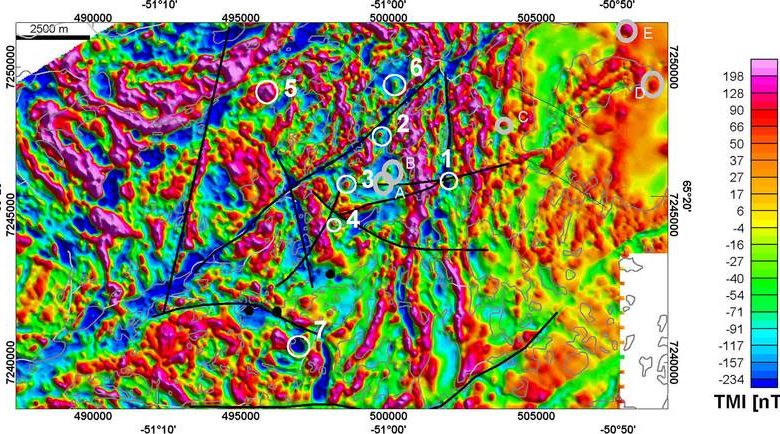All Categories
Featured
Table of Contents
Geophysical Survey - Mining Fundamentals in Mt Richon Australia 2023
Time piece from 23 to 25ns. This last slice is now nearly all blank, but a few of the walls are still revealing strongly.
How deep are these pieces? Sadly, the software application I have access to makes estimating the depth a little tricky. If, nevertheless, the leading 3 slices represent the ploughsoil, which is probably about 30cm think, I would think that each slice is about 10cm and we are only getting down about 80cm in total.

Fortunately for us, most of the sites we are interested in lie simply listed below the plough zone, so it'll do! How does this compare to the other methods? Contrast of the Earth Resistance data (top left), the magnetometry (bottom left), the 1517ns time piece (leading right) and the 1921ns time slice (bottom left).
Geophysical Surveys For Petroleum in Marangaroo WA 2021
Magnetometry, as talked about above, is a passive strategy measuring regional variations in magnetism versus a localised zero value. Magnetic vulnerability study is an active technique: it is a procedure of how magnetic a sample of sediment might be in the existence of an electromagnetic field. How much soil is evaluated depends on the diameter of the test coil: it can be extremely little or it can be fairly big.
The sensing unit in this case is extremely little and samples a small sample of soil. The Bartington magnetic vulnerability meter with a large "field coil" in use at Verulamium throughout the course in 2013. Top soil will be magnetically boosted compared to subsoils merely due to natural oxidation and decrease.
By determining magnetic susceptibility at a fairly coarse scale, we can identify areas of human profession and middens. Unfortunately, we do not have access to a trusted mag sus meter, however Jarrod Burks (who helped teach at the course in 2013) has some excellent examples. One of which is the Wildcat site in Ohio.
Marine Geophysical Surveys in Duncraig Oz 2020
These towns are typically set out around a central open location or plaza, such as this rebuilt example at Sunwatch, Dayton, Ohio. Sunwatch Village, Dayton, Ohio (image: Jarrod Burks). At the Wildcat site, the magnetometer survey had located a variety of functions and houses. The magnetic susceptibility study assisted, however, specify the primary location of profession and midden which surrounded the more open area.
Jarrod Burks' magnetic susceptibility survey results from the Wildcat site, Ohio. Red is high, blue is low. The technique is therefore of excellent use in specifying areas of general profession instead of recognizing particular functions.
Geophysical surveying is an applied branch of geophysics, which uses seismic, gravitational, magnetic, electrical and electro-magnetic physical methods at the Earth's surface to measure the physical properties of the subsurface - Geophysical Methods in Thornlie Australia 2021. Geophysical surveying techniques normally measure these geophysical homes together with abnormalities in order to examine numerous subsurface conditions such as the existence of groundwater, bedrock, minerals, oil and gas, geothermal resources, spaces and cavities, and much more.
Table of Contents
Latest Posts
Geophysical And Geotechnical Assessment in Mount Hawthorn Western Australia 2020
Geophysicist Bob Embley: Ocean Exploration Careers in Alexander Heights Oz 2022
Geophysical Surveys: Definition & Methods in Woodlands Western Australia 2021
More
Latest Posts
Geophysical And Geotechnical Assessment in Mount Hawthorn Western Australia 2020
Geophysicist Bob Embley: Ocean Exploration Careers in Alexander Heights Oz 2022
Geophysical Surveys: Definition & Methods in Woodlands Western Australia 2021